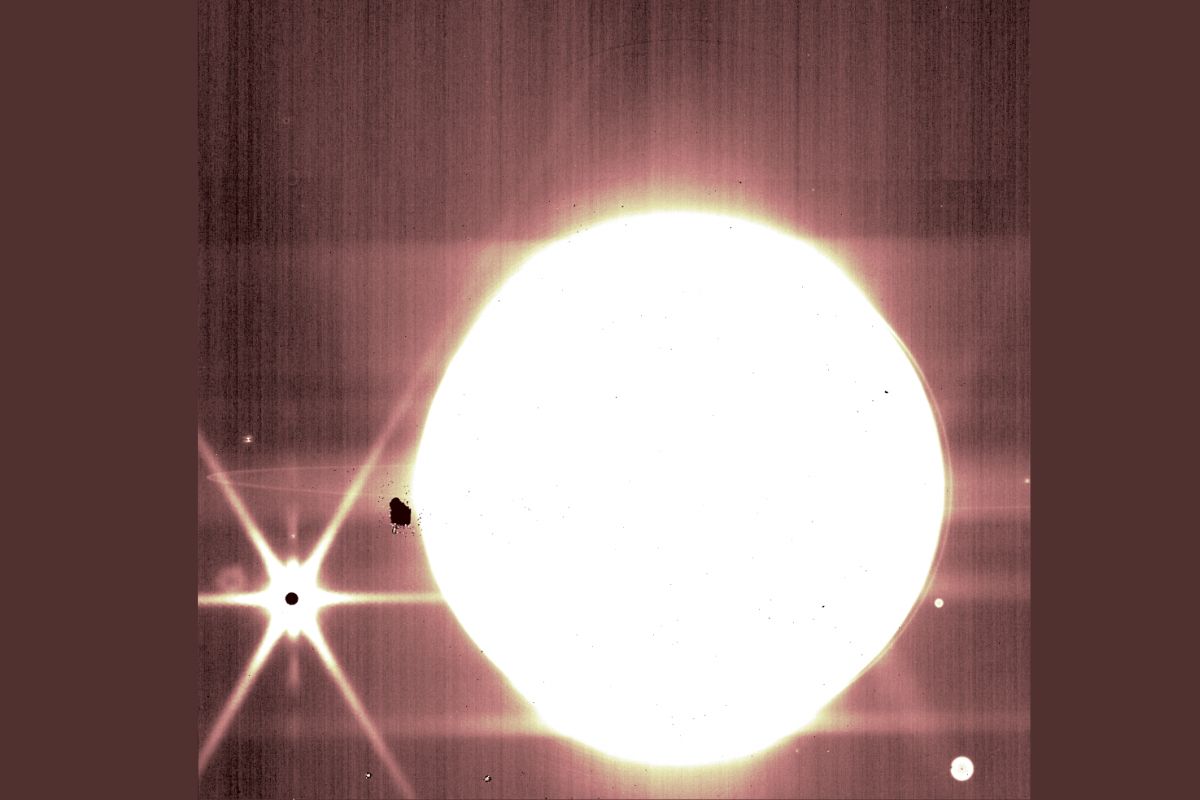NASA’s James Webb House Telescope final week confirmed us probably the most detailed photos of the universe that mankind has ever seen. The out of this world (actually) visuals from the James Webb House Telescope’s digital camera had been gorgeous to say the least and now, the area telescope has despatched new photos that had been taken in our photo voltaic system, displaying extremely detailed photos of the biggest planet in our photo voltaic system, Jupiter and its moons.
The photographs that had been launched by NASA had been from the sooner exams of the area mission’s devices. The photographs reveal that the James Webb House Telescope can present area in clear element, even of tremendous brilliant objects near the Earth and might choose up extra minor particulars. The photographs embrace photos of Jupiter and pictures and spectra of a number of asteroids, which had been captured to check the telescope’s devices earlier than science operations formally started.

The photographs launched by NASA present Jupiter in nice element, together with the planet’s moons like Europa, Thebe, and Metis. One of many picture exhibits distinct bands that encircle the planet in addition to the Nice Crimson Spot, which is a storm large enough to swallow the Earth, a phenomenon well-known for these with data of the area. The storm seems white within the picture because of the processing of the infrared picture.

“Mixed with the deep subject photos launched the opposite day, these photos of Jupiter reveal the total grasp of what Webb can observe, from the faintest, most distant observable galaxies to planets in our personal cosmic yard you can see with the bare eye out of your precise yard,” stated Bryan Holler, a scientist on the House Telescope Science Institute in Baltimore, who helped plan these observations.

The photographs additionally confirmed Europa on the left aspect of the planet. Europa is one among Jupiter’s many moons with a possible ocean under its thick icy crust. The James Webb House Telescope additionally captured a few of Jupiter’s rings. It additionally obtained these photos of Jupiter and Europa shifting throughout the telescope’s subject of view in three separate observations.
Watch video:Nothing Telephone (1) Detailed Evaluate: What’s Cool And What’s Not
ALSO READ: NASA James Webb House Telescope: Sharpest Photos Of The Deepest Elements Of The Universe Ever Seen.
Learn all of the Newest Information, Breaking Information, watch High Movies and Reside TV right here.